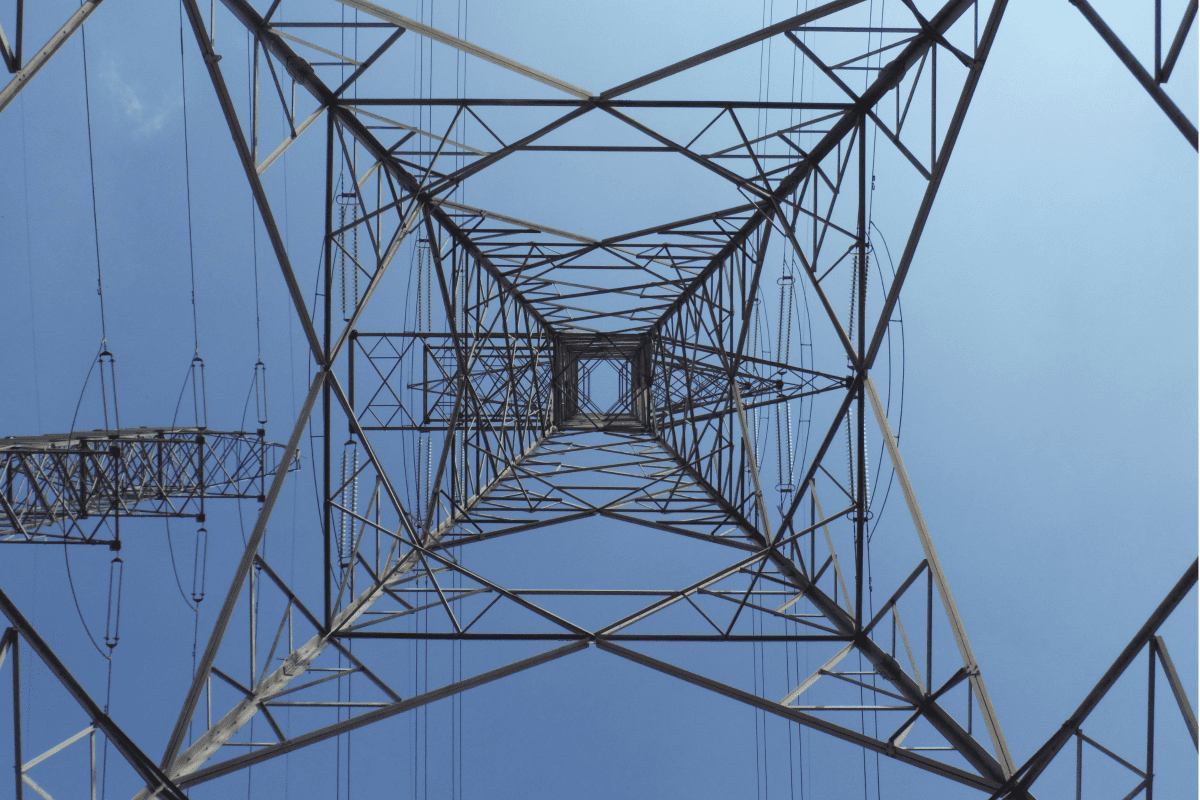
What if every step we took could light up a streetlight? What if windows not only let in light, but also captured it and transformed it into energy? The cities of the future will not only consume electricity; they will also generate it through their architecture, transport systems and daily life. This will be made possible by distributed microgeneration, in which small devices generate electricity near the point of use. This reduces reliance on large infrastructures, minimises transmission losses and enhances system resilience.
Some emerging technologies already use the movement of people and vehicles to generate energy. For example, there are paving tiles that convert footsteps into electricity and speed bumps that produce power as cars drive over them. Although the energy output per unit is modest, these devices can power lighting or signage in busy areas such as stations, schools and roads, thereby reducing the strain on the conventional grid.
Another promising development is using electric vehicles as mobile energy sources. Bidirectional technology, known as Vehicle-to-Grid (V2G) allows these vehicles to feed electricity back into the grid during periods of high demand. Countries such as France, the United States and Japan have developed pilot projects involving public or private fleets, and such solutions are beginning to be explored in urban settings in Spain.
Energy generation integrated into architectural elements is also progressing, with photovoltaic glass capable of capturing ultraviolet and infrared radiation. In the future, entire façades could help buildings become energy self-sufficient.
These innovations suggest a shift towards a more efficient, decentralised urban model. In this model, cities would no longer be passive consumers, but rather living energy systems capable of sustaining themselves.
For further information, see: ACCIONA. "ACCIONA Energía crea la primera red de carga bidireccional de vehículos eléctricos en España." ACCIONA; Black, Douglas, et al. "Los angeles air force base vehicle-to-grid demonstration: Final project report.", 2020; electrive. "Renault y The Mobility House lanzan un proyecto V2G en Francia." electrive; InQs. “Good design award 2024.” InQs; Moussa, Rania Rushdy, Walaa SE Ismaeel, and Madonna Makram Solban. "Energy generation in public buildings using piezoelectric flooring tiles; A case study of a metro station." Sustainable Cities and Society 77, 2022; Saba, Hugo, et al. "The Potential Related to Microgeneration of Renewable Energy in Urban Spaces and Its Impact on Urban Planning." Energies 17, n.º 23, 2024; and Zhang, Chengquan, Hiroshi Kitamura, and Mika Goto. "Feasibility of vehicle-to-grid (V2G) implementation in Japan: A regional analysis of the electricity supply and demand adjustment market." Energy 311, 2024.